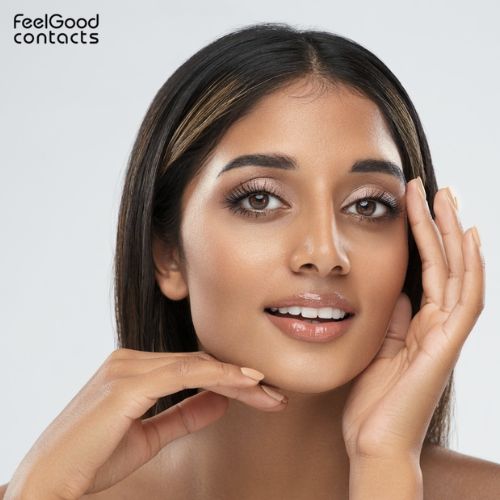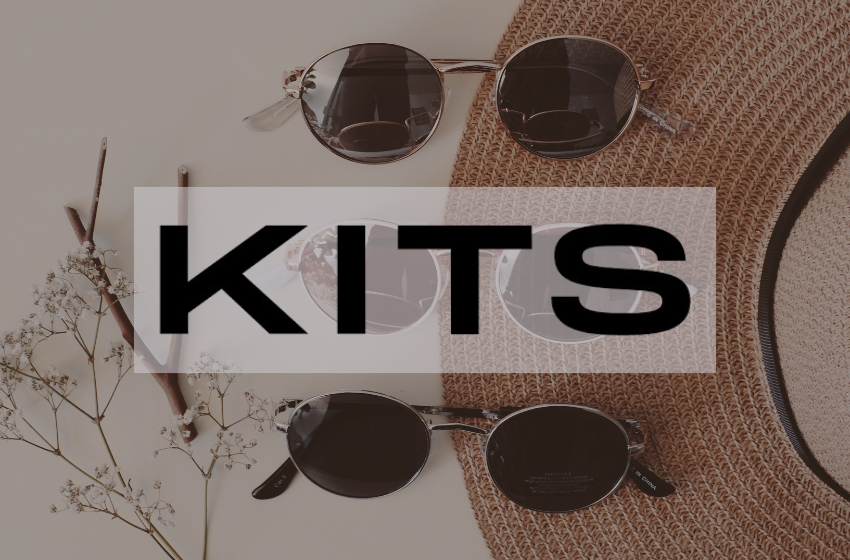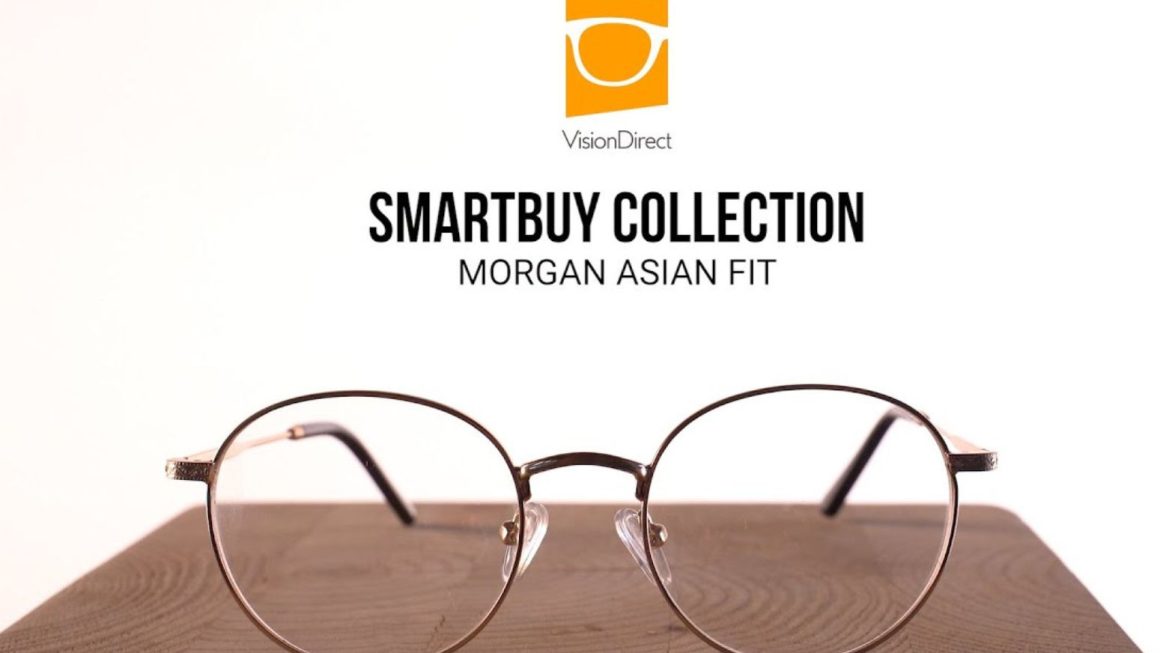

What is Feel Good Contacts?
Feel Good Contacts lenses are a new type of contact lens that has been developed to reduce eyestrain and discomfort. The lenses have a soft silicone frame and a flexible gel lens. They are designed to fit comfortably in the eye and to move with your eyes.
The Feel Good Contacts were created by Dr. Paul Sarno, an optometrist who specializes in reducing eyestrain and discomfort.
History of Feel Good Contacts
The history of Feel Good Contacts is a story of progress and innovation. Caring optometrists have been working to make affordable eye care available to everyone for years, and their efforts have paid off in the form of feel good contacts.
The first Feel Good Contacts was designed by optometrist Dr. Barry Popkin in 1978. The contact lenses were made from a soft, flexible material that felt comfortable and looked natural on the eye. Doctor Popkin's invention was an instant hit with patients, who found them to be both comfortable and stylish.
Since then, Feel Good Contacts have evolved into some of the most popular options on the market today. They come in a variety of styles and colors, and are available in both prescription and non-prescription versions.
Products and Services
In the early 1900s, optometrists were often considered elites who cared for the very wealthy. As society changed and people began to have less money, optometrists began to offer affordable eye care to more people. Today, optometrists offer a variety of products and services designed to make people feel good about their vision.
Some of the most common products and services offered by optometrists include eyeglasses, contact lenses, optical correction surgery (such as LASIK), and pediatric eye care. Opticians also offer a wide range of services such as fitting glasses, dispensing contact lenses, providing vision therapy, and providing advice on healthy living habits.
Optometrists are constantly evolving their practices in order to meet the needs of their patients. For example, they now offer online appointments so that patients can easily access information about their eyes without having to visit an office. In addition, many optometrists are now partnering with other health care providers in order to provide comprehensive care for their patients.
Contact lenses
Contact lenses are one of the most popular types of eyeglasses. They were first invented in the 1800s and have been continuously evolving since then. Today, there are a variety of contact lens options that feel good on your eyes and provide affordable eye care.
If you're considering contact lenses, you should talk to your doctor about your vision problems and what type of contact lenses might be best for you. There are different types of contact lenses available, including rigid (standard) contact lenses, soft contacts, and gas-permeable contacts.
Rigid contacts are the most common type and are made from a hard plastic or metal material. They offer good clarity and resolution but can be itchy and uncomfortable if not worn properly. Soft contacts are made from a silicone material and offer a more comfortable fit but tend to blur vision slightly. Gas-permeable contacts allow gas to flow through them so they can be worn in humid environments without becoming waterlogged. They offer great comfort but tend to wear out faster than rigid or soft contacts.
Conclusion
If you're like most people, you take care of your eyes and contacts just as you would any other part of your body – with regular check-ups and by using quality products. But the history of eye care is anything but ordinary. In this article, we'll explore the remarkable evolution of Feel Good Contacts lenses and how optometrists have played a pivotal role in leading the way. From affordable eye care to revolutionary new technologies, optometrists have always been at the forefront of innovation when it comes to vision correction. So if you're looking for trustworthy advice on choosing eyeglasses or contacts that are right for you, be sure to visit an experienced optometrist!



